Introduction: Understanding Tire Pressure Sensor Issues
Tire pressure sensors are critical components of modern vehicles, ensuring safety and efficiency by monitoring air pressure in each tire. However, like any technology, they can malfunction or require maintenance. If you’re wondering how to fix tire pressure sensor issues, you’re not alone. Many drivers encounter warning lights or inaccurate readings at some point. In this article, we’ll explore common problems and provide step-by-step guidance on resolving them.
These sensors alert drivers when tire pressure drops below recommended levels, preventing under inflation that leads to poor fuel economy, uneven wear, and potential blowouts. By addressing issues promptly, you ensure optimal performance and safety for your vehicle.
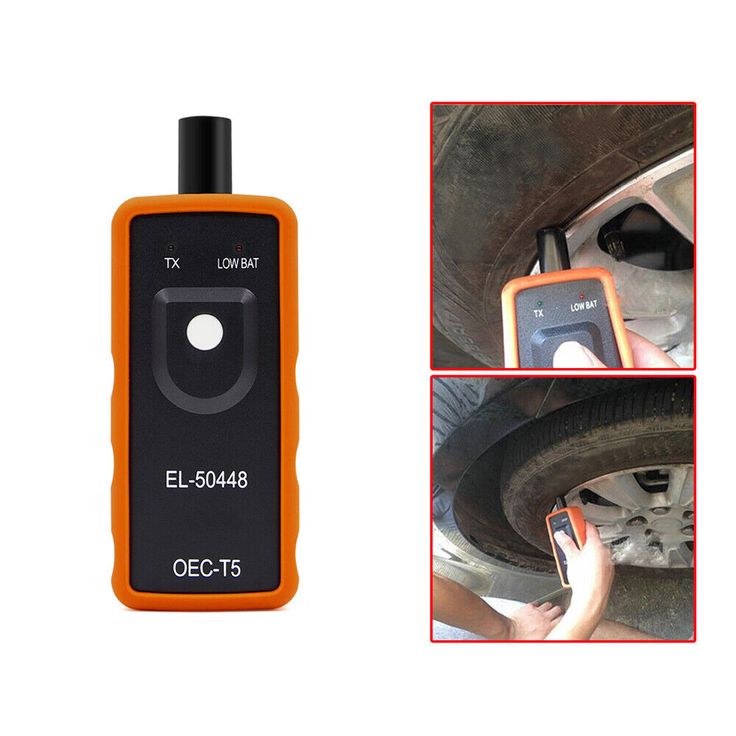
Symptoms of Faulty Tire Pressure Sensors
Identifying symptoms early can prevent further issues with tire pressure sensors. Two common indicators suggest a problem may be present.
Warning Lights on the Dashboard
One of the most immediate signs of a faulty tire pressure sensor is an illuminated warning light on the dashboard. If you see an alert that resembles a flat tire or reads “TPMS”, it’s time to take action. This light is your car’s way of telling you that at least one tire is reporting incorrect pressure data. Do not ignore this warning, as doing so can lead to tire damage or unsafe driving conditions.
Unexpected Tire Pressure Readings
Another symptom to watch out for is unexpected tire pressure readings. If your vehicle’s sensor is failing, you may notice fluctuations in the readings or see pressures that don’t match your tires’ actual conditions. For instance, a sensor may indicate that a tire is underinflated despite it being at the correct pressure. Such discrepancies suggest it is time to learn how to fix the tire pressure sensor before the malfunction leads to tire damage or impacts your safety on the road.
Common Causes of Tire Pressure Sensor Failure
Understanding why tire pressure sensors fail is key to prevention and repair.
Battery Depletion
The most common cause of sensor failure is battery depletion. Tire pressure sensors have batteries that last about 5 to 10 years. When the battery dies, the sensor cannot send readings to the vehicle’s computer.
Damage from Road Hazards
Sensors can get damaged by road debris, potholes, or accidents. These events can crack or crush sensors, leading to failure.
Corrosion and Wear
Over time, sensors suffer from corrosion and wear. This is especially true in areas that use road salt or have high humidity. Corrosion can break down sensor components, causing malfunctions.
Step-by-Step Guide to Diagnosing Sensor Issues
When you suspect a tire pressure sensor is not working correctly, it’s imperative to diagnose the issue step by step. A methodical approach can help pinpoint the problem, making it easier to determine how to fix the tire pressure sensor.
Checking Sensor Battery Life
Start by checking the sensor’s battery life. Most sensor batteries last between 5 to 10 years. If the battery has reached its life expectancy, it’s likely time for a replacement. A dead battery renders a sensor inoperative, leading to missing or inaccurate data sent to your car’s monitoring system.
Inspecting for Physical Damage
Next, inspect the sensors for any physical damage. Look for signs of impact, cracks, or any other kind of damage that could have occurred from hitting potholes or road debris. Even minor physical damage can disrupt the sensor’s performance, causing erroneous pressure readings.
Testing Signal Strength and Functionality
Finally, test the sensor’s signal strength and functionality. A weak signal may indicate a faulty sensor or a problem with the vehicle’s receiver. Using specialized diagnostic tools can help assess if the sensor communicates properly with the car’s Tire Pressure Monitoring System (TPMS). If the sensor is not functioning or sending a weak signal, it may need recalibration or replacement.
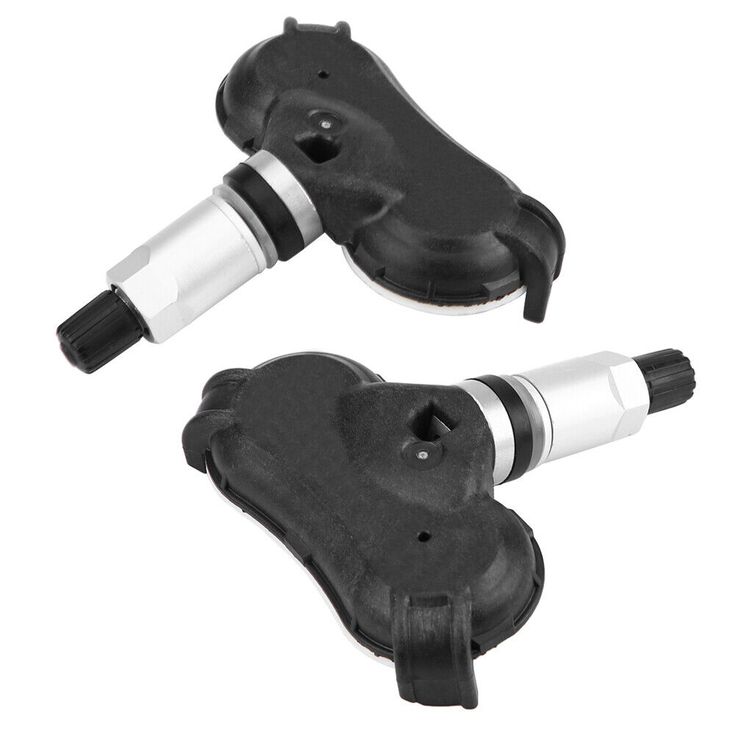
Tools and Materials Needed for Repairing Sensors
Fixing tire pressure sensors requires specific tools and materials. Make sure you have everything before starting.
Specialized Diagnostic Tools
To diagnose and fix tire pressure sensor issues, you’ll need specialized tools. These include a TPMS relearn tool, a digital tire pressure gauge, and a diagnostic scanner. The relearn tool helps reset the sensor after repair or replacement. A precise digital tire gauge ensures accurate pressure readings. The scanner communicates with your car’s computer system to pinpoint issues.
Replacement Parts and Accessories
Depending on the diagnosis, you may need to replace some parts. Common items include new battery packs, valve stems, and sensor units. Always choose quality components that match your vehicle’s specifications. Seal kits and nickel-plated valve cores combat corrosion, ensuring longer life for your repairs. Gather these tools and materials to understand how to fix tire pressure sensor issues effectively.
How to Reset Tire Pressure Sensors
After diagnosing the tire pressure sensor issues, the next step is resetting the sensors to ensure they communicate effectively with the vehicle’s TPMS. This process is crucial for maintaining accurate tire pressure readings and overall vehicle safety. Resetting the sensors can sometimes clear fault codes that may have been triggered by transient issues or after repairs.
Following Manufacturer Instructions
Each vehicle manufacturer may provide a specific procedure to reset the tire pressure sensors, and it’s crucial to adhere to these guidelines carefully. Each brand has its own unique system, and understanding these nuances will help ensure you perform the reset correctly.
Owner’s Manual Reference
Typically, the instructions for resetting the tire pressure sensors are found in the vehicle’s owner’s manual. This manual serves as a valuable resource that outlines not only the reset procedure but also other essential maintenance tasks for your vehicle. Always consult it for the most accurate and detailed information related to your specific make and model.
Careful Step-by-Step Process
It’s vital to follow the steps outlined in the manual thoroughly. Missing a step or misinterpreting the instructions can lead to a failed reset. Pay attention to any warnings, specifics about button sequences, or particular settings that need to be adjusted. Following the procedure exactly as directed will maximize your chances of successfully resetting the system.
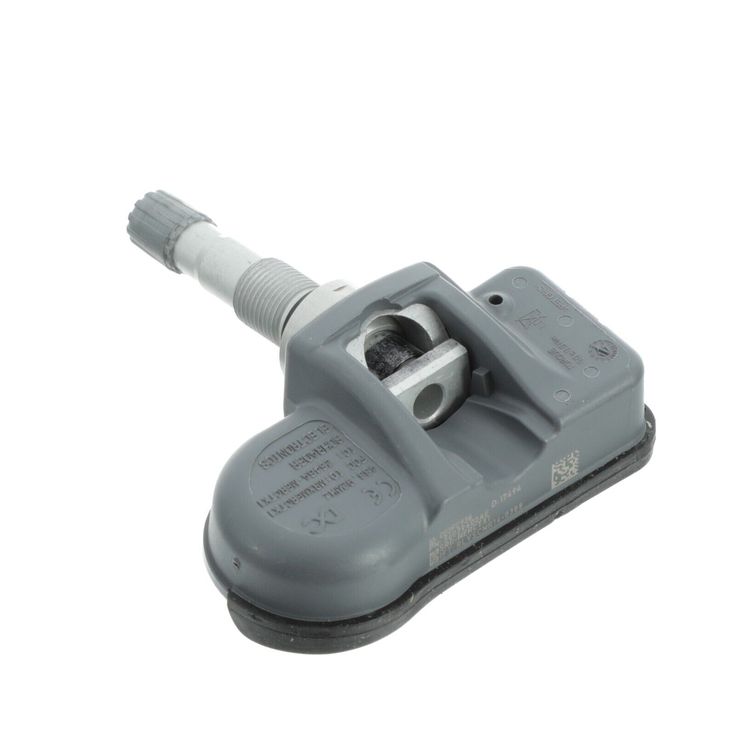
Driving Requirements
In some cases, certain vehicles may require you to drive for a specific distance or at a particular speed to re-engage the tire pressure sensors. This means that after resetting, it might be necessary to take your vehicle for a short drive. Monitor your speed and distance to ensure that you meet these conditions, as they are designed to calibrate the sensors correctly.
Ignition and Key Fob Usage
On the other hand, some models may involve a combination of turning the ignition on and off while pressing buttons on the key fob. This could include pressing the tire pressure monitoring reset button or using other controls to initiate the reset process. Familiarize yourself with your vehicle’s controls and try different combinations if necessary, while still adhering to the specific steps laid out in the manual.
Importance of Adhering to Guidelines
Adhering to the manufacturer’s guidelines can lead to a successful reset of your tire pressure sensors. Following the prescribed methods not only optimizes performance but also prolongs the life of the sensors. If you encounter difficulties or the sensors do not reset as expected, consider consulting a professional mechanic for assistance to avoid further complications. Properly resetting your tire pressure sensors ensures that you maintain safe driving conditions and optimal tire performance.
Using an OBD-II Scanner
Understanding the OBD-II Scanner
An OBD-II scanner is specifically designed to interface with various systems in modern vehicles. It can read diagnostic codes, clear error messages, and provide insights into numerous vehicular functions. Familiarizing yourself with how this device works can be immensely beneficial, particularly for car owners who like to take a hands-on approach to vehicle maintenance.
Preparing to Use the Scanner
To use the OBD-II scanner effectively, start by turning the vehicle’s ignition to the ‘on’ position without starting the engine. This step is crucial because the vehicle needs to be in this state for the scanner to interact with the onboard computer. Ensure that all electrical systems are powered on, which can facilitate a smoother connection between the vehicle and the scanner.
Connecting the Scanner
Next, locate the OBD-II port, which is usually located under the dashboard, near the steering column. In some vehicles, it may also be found in the center console or beneath the driver’s seat. Once you’ve located the port, connect the scanner securely. Ensuring a solid connection will allow the scanner to communicate effectively with the vehicle’s system.
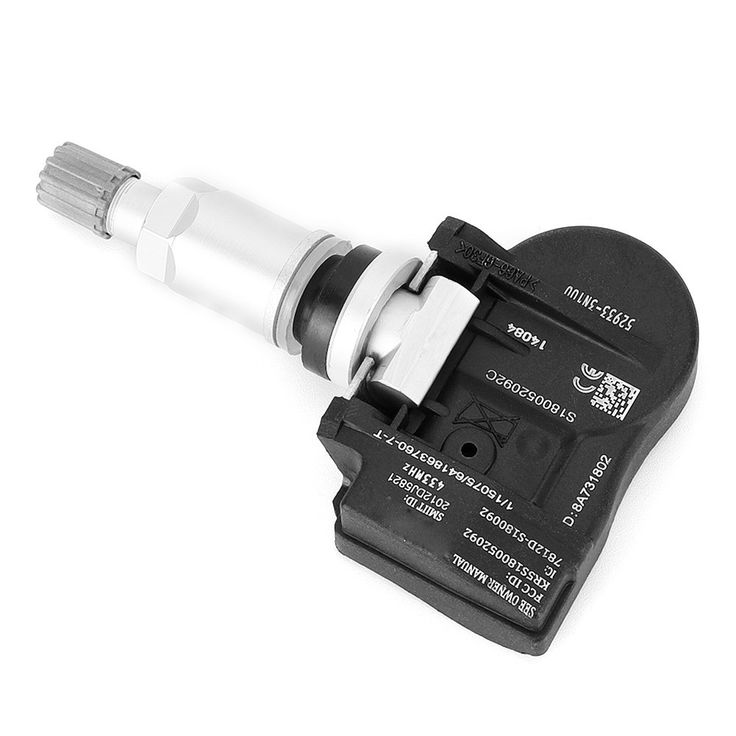
After the scanner is connected, navigate through the menu to locate the TPMS (Tire Pressure Monitoring System) settings. Most scanners will have a user-friendly interface with easily identifiable options. Once you find the TPMS settings, select the reset option. This action typically clears any stored error messages and resets the tire pressure sensors, refreshing the system’s readings.
Post-Reset Checks
After performing the reset using the OBD-II scanner, it’s vital to check your tire pressure. Make sure that all tires are inflated to the recommended levels specified by the manufacturer. This step is crucial for ensuring your vehicle’s optimal performance and safety on the road. Proper tire pressure helps improve fuel efficiency, enhances vehicle handling, and reduces the risk of tire-related issues.
Professional vs. DIY Repairs
When considering how to fix tire pressure sensor issues, weighing the options between professional help and a DIY approach is essential.
When to Seek Professional Help
It is recommended to seek professional assistance when:
- You lack the specialized diagnostic tools required for testing and resetting.
- The problem persists despite following the step-by-step diagnostic guide.
- You are not confident in your ability to accurately diagnose and repair the issue.
- The TPMS system is integrated with other safety features that require calibration.
Professionals can ensure a thorough job. They diagnose complex problems and handle the latest TPMS technology with expertise.
Tips for Successful DIY Sensor Repairs
DIY repairs can be a rewarding challenge if you feel equipped and confident. Here are some tips:
- Review your vehicle’s manual for specific instructions related to your TPMS.
- Ensure you have all the necessary tools and materials before you begin.
- Follow a structured approach to diagnosing the issue, just as outlined earlier.
- Double-check your work to ensure that the sensor is installed correctly and functioning.
Remember, a willingness to learn and attention to detail are key factors for DIY success. Knowing how to fix tire pressure sensor issues can save time and money, but it is crucial to undertake a DIY repair only if you are certain of your capabilities.
Preventive Measures to Avoid Future Sensor Issues
Taking proactive steps can help prevent tire pressure sensor problems before they arise. Preventive measures extend sensor life and ensure your vehicle’s TPMS is always accurate.
Regular Maintenance Tips
Regular maintenance plays a vital role in keeping your tire pressure sensors in top condition. Here are some tips that are easy to follow:
- Check tire pressure monthly with a reliable gauge to catch any discrepancies early.
- Replace tires in sets or pairs to avoid uneven wear and strain on the sensors.
- Avoid exposing tires to extreme heat or cold, which can affect sensor batteries.
- Inspect the tire valves and stems during tire rotation to spot any signs of corrosion.
These simple practices will not only aid in maintaining your tire pressure sensors but also contribute to the overall safety and longevity of your vehicle’s tires.
Choosing Quality Replacement Sensors
When it’s time to replace a tire pressure sensor, selecting quality replacements is key. Here’s how to make the best choice:
- Opt for sensors that are compatible with your vehicle’s make and model.
- Use sensors from reputable manufacturers that offer warranty and support.
- Check for the latest sensor technology that offers enhanced signal strength and durability.
By investing in quality sensors and keeping up with regular maintenance, you can sidestep many common tire pressure sensor issues. Making these practicable efforts will lead to a safer driving experience and could save on costs related to tire maintenance and fuel efficiency over time.
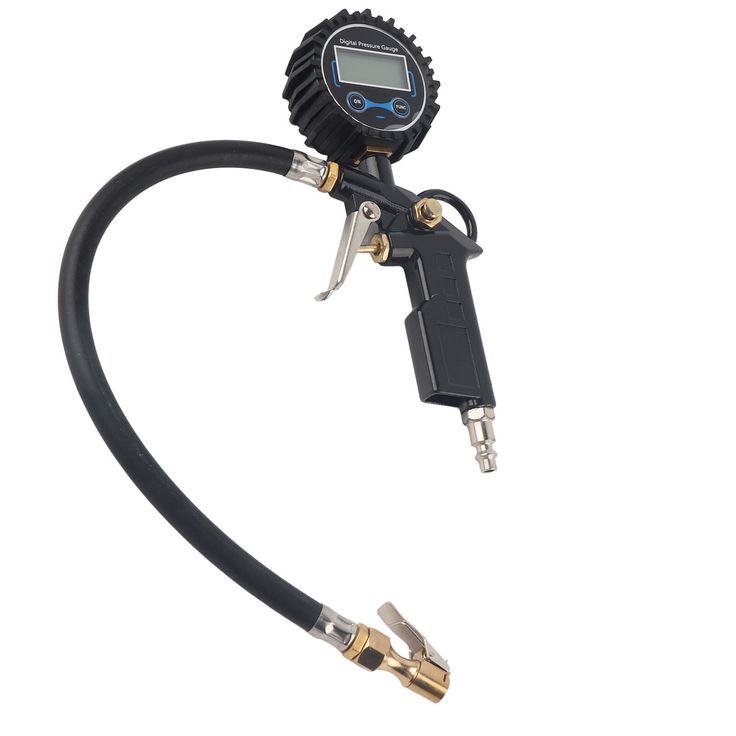
Conclusion: Mastering How to Fix Tire Pressure Sensor Issues
In summary, understanding how to fix tire pressure sensor issues empowers you to maintain safer, more efficient driving experiences. From diagnosing common causes to implementing practical solutions, this guide equips you with valuable knowledge for everyday challenges. Remember, prevention and regular maintenance play crucial roles in avoiding unnecessary repairs down the road.
By mastering tire pressure sensor troubleshooting, you contribute positively to both personal safety and environmental sustainability. Properly inflated tires reduce emissions and enhance mileage, benefiting everyone involved. With so many resources available today, there’s never been a better time to take control of your vehicle’s health. Whether tackling minor fixes or consulting professionals for complex cases, staying informed ensures long-term success.